Explore My Tho - South Vietnam Travel, Asia
Located in the center of the lush Mekong Delta in Vietnam, My Tho is a mesmerizing location that skillfully combines culture, history, and scenic beauty. Known as the gateway to the Mekong River, this bustling riverside city offers a unique glimpse into the vibrant life of the Delta. My Tho is more than just a starting point for boat tours—it’s a destination rich with experiences that cater to history enthusiasts, food lovers, and those seeking an authentic slice of Vietnamese culture. Whether you’re drawn by its cultural heritage, its culinary delights, or the warmth of its people, My Tho promises a journey filled with discovery and wonder.
Population: Approximately 230,000 in 2022.
Economy: My Tho's economy thrives on agriculture, particularly fruit and fish farming. It also benefits from tourism and local markets, contributing to its vibrant and growing economic landscape.
Landmarks: Famous for Thoi Son Island, Vinh Trang Pagoda, and Mekong River.
Vietnam
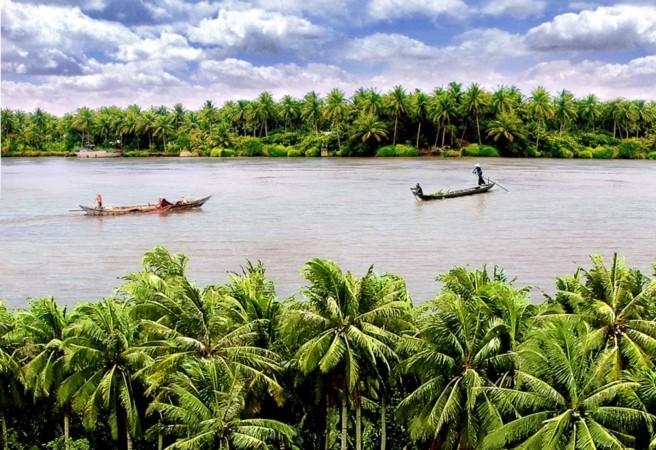
Overview of My Tho
History & Cultural Influence
My Tho’s history is as rich and diverse as the Mekong Delta itself. Founded in the late 17th century, My Tho has long been a strategic location due to its proximity to the Mekong River. This waterway has been a lifeline for the region, supporting trade, agriculture, and daily life for centuries. Over the years, My Tho has seen the influence of various cultures, including Chinese, Khmer, and French, each leaving its mark on the city’s architecture, traditions, and way of life. The presence of these diverse cultural influences has shaped My Tho into a city where tradition and modernity coexist harmoniously.
Interaction with The Locals
The population of the city is a mixture of many ethnic groups, with tiny populations of Chinese, Khmer, and Cham people living with the majority of Kinh (Vietnamese). The citizens of My Tho are known for their warmth and hospitality, reflecting the rich cultural tapestry of the region. Many locals engage in agriculture, fishing, and trade, with a strong connection to the Mekong River, which plays a central role in their daily lives and traditions.
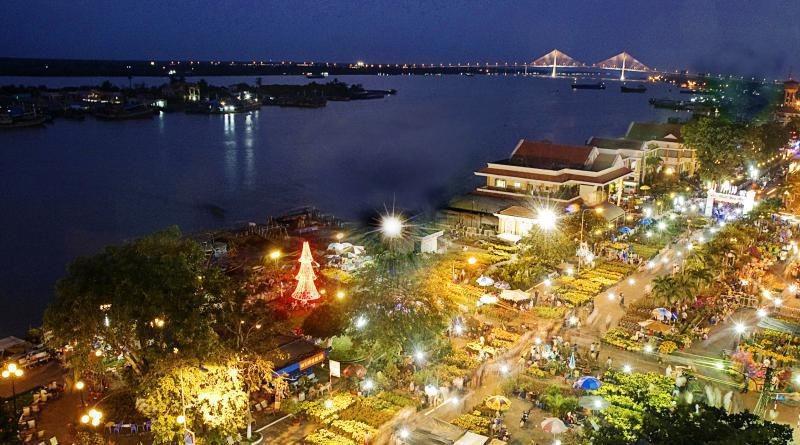
My Tho at night - © Vietnam Tourism
Top Attractions in My Tho
Must-Visit Sites in My Tho
My Tho offers a variety of attractions that cater to diverse interests, making it a must-visit destination in the Mekong Delta.
- Thoi Son Island: A popular attraction, Thoi Son Island is a serene escape on the Mekong River. The island is renowned for its lush fruit orchards and traditional crafts. Visitors can enjoy scenic boat rides through its narrow canals, experience local hospitality, and taste fresh tropical fruits.
- Vinh Trang Pagoda: This historic pagoda, dating back to the 19th century, is a stunning example of cultural fusion, blending Vietnamese, Khmer, and European architectural styles. Its intricate statues, peaceful gardens, and vibrant colors make it a top attraction for those interested in the region's religious and cultural heritage.
- Mekong River: A Mekong River tour is a must for any visitor to My Tho. These cruises offer a unique perspective on the daily life of the Mekong Delta, with stops at floating markets, riverside villages, and nearby islands. It's an opportunity to immerse yourself in the natural beauty and rich culture of the region.
Hidden Gems in My Tho
Beyond the well-trodden paths, My Tho hides several lesser-known attractions that offer unique and authentic experiences.
- Coconut Candy Workshop: Discover how one of My Tho’s famous local delicacies is made by visiting a traditional coconut candy workshop. Here, you can watch the entire process, from cracking coconuts to wrapping the final product, and even sample the freshly made sweets.
- Local Markets: My Tho’s markets are a vibrant slice of life in the Mekong Delta. Stalls brimming with locally produced vegetables, refreshments, and homemade items may be explored. Engaging with vendors offers a deeper insight into the daily lives of the locals and the region's rich culinary traditions.
Interested in exploring more hidden gems across the Mekong Delta? Learn about Vinh Long, a popular place for adventurous tourists, here.
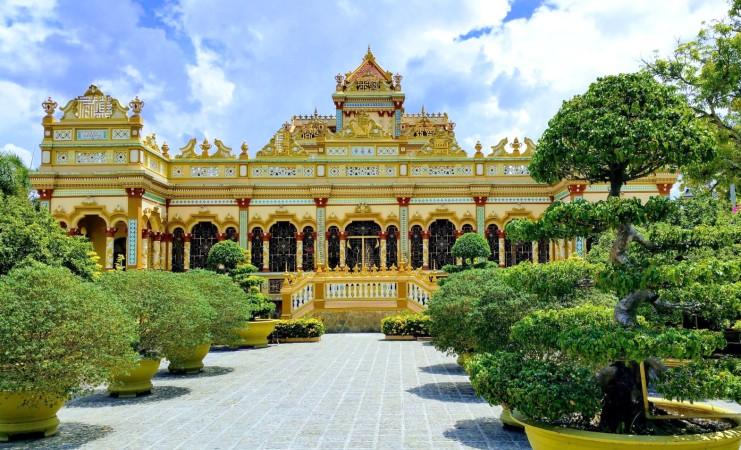
Vinh Trang Pagoda - © Vietnam Tourism
Must-Try Dishes in My Tho
My Tho is a culinary gem in the Mekong Delta, offering an array of local dishes that reflect the rich agricultural and cultural heritage of the region.
- Banh Xeo (Vietnamese Pancakes): A Vietnamese savory pancake, Banh Xeo is crispy and golden, filled with shrimp, pork, and bean sprouts. In My Tho, it’s served with fresh herbs and a tangy fish sauce-based dipping sauce, making it a perfect blend of textures and flavors.
- Chao Ca Loc (Snakehead Fish Porridge): This is a comforting fish porridge made with snakehead fish, a staple in the Mekong Delta. The dish features tender fish chunks in a flavorful rice porridge, garnished with fresh herbs, ginger, and a sprinkle of pepper. It’s a simple yet hearty dish that embodies the essence of local cuisine. This dish can be found in many areas in the south of Vietnam, including Vung Tau.
- Banh Canh (Vietnamese thick noodle soup): Banh Canh, a thick noodle soup, is a favorite meal in My Tho. The rich broth made from pig bones is served with the chewy, udon-like noodles, which are frequently paired with crab meat or pork hocks. Garnished with fried shallots, onions, and perhaps a dash of lime, this dish is hearty and satisfying.
- Ca Kho To (Vietnamese Braised Fish): This caramelized fish in a clay pot is a traditional Vietnamese dish, and in My Tho, it's often made with catfish or snakehead fish. The fish is cooked in a rich, sweet-savory sauce made from fish sauce, sugar, and pepper, served over steamed rice. The result is a dish that’s both flavorful and aromatic.
- Bun Go: A lesser-known dish but beloved by locals, Bun Go features thin rice vermicelli noodles served with a variety of toppings like pork, shrimp, and fresh herbs. The dish is dressed with a light, tangy fish sauce, making it a refreshing meal, especially on hot days.
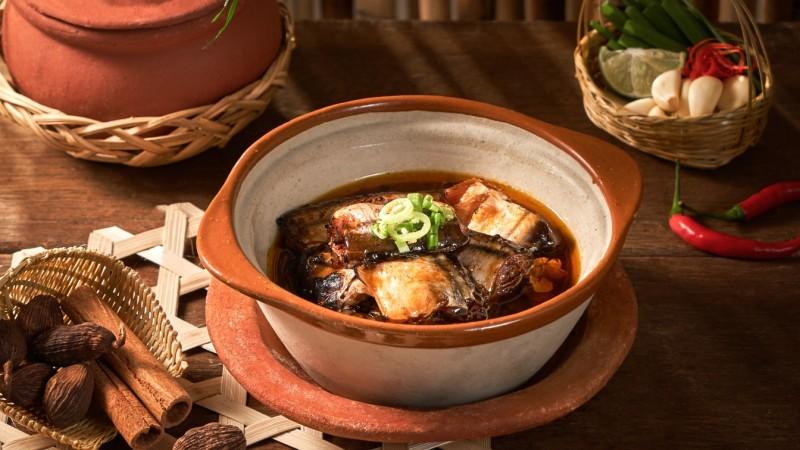
Ca Kho To (Vietnamese Braised Fish) - © Cơm Niêu Như Ngọc
Festivals & Local Celebrations
Festivals in My Tho
My Tho’s festivals are a vibrant reflection of its cultural heritage, offering visitors a chance to experience the city’s traditions firsthand.
- Tet Holiday: The Lunar New Year, or Tet Nguyen Dan, is the most important celebration in My Tho and all of Vietnam. This festival marks the beginning of the new year and is a time for families to come together, honor ancestors, and participate in various traditional activities. The city comes alive with colorful decorations, lion dances, and festive food markets.
- Mid-Autumn Festival: Known as Tet Trung Thu, this festival is celebrated with lantern parades, mooncakes, and performances. It’s a joyous occasion, especially for children, who enjoy the festivities with enthusiasm. Visitors can join in the fun by attending public celebrations or visiting local homes.
Local Celebrations in My Tho
In addition to the larger festivals, My Tho hosts several smaller celebrations that provide insight into the local culture.
- Floating Market Gathering: Although not a traditional festival, the Cai Be Floating Market is a daily celebration of the region’s trade culture. Here, you can witness the vibrant exchange of goods on the water, from fresh produce to handcrafted items. It’s a lively and colorful experience that showcases the dynamic spirit of My Tho.
- Local Pagoda Festivals: Various pagodas in and around My Tho hold annual festivals to honor their deities. These events often include traditional music, dance performances, and communal feasts, providing a unique opportunity to engage with the spiritual life of the community.
Each floating market has its own unique features and interesting vendors. Read more about Cho Gao, one of the places that is well-known for its floating markets, here.
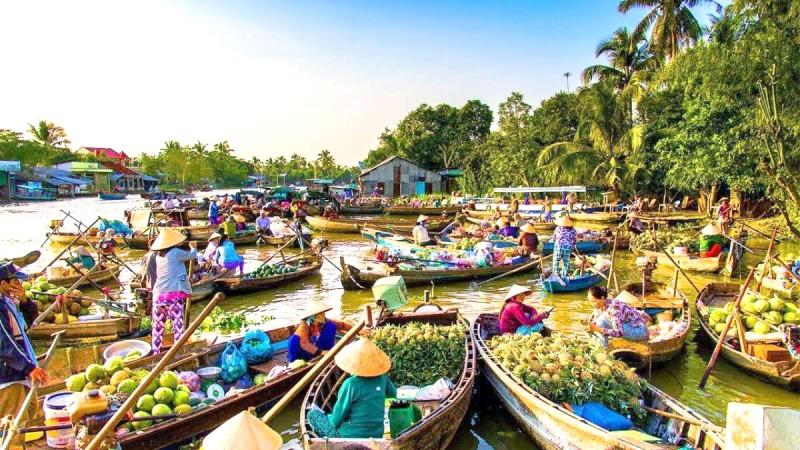
Floating Market Gathering - © Vietnam Tourism
What to Do in My Tho
- Mekong River Boat Tours: One of the most popular activities in My Tho is taking a boat tour on the Mekong River. These tours offer a peaceful journey through the Delta’s lush landscapes, with stops at islands, fruit orchards, and traditional villages. You’ll have the chance to explore local life, sample fresh tropical fruits, and even participate in activities like fishing or making coconut candy.
- My Tho Cycling Tours: Explore the scenic countryside around My Tho by bike. Cycling tours take you through picturesque rural areas, past rice paddies, and along winding rivers. It’s a great way to experience the region’s natural beauty up close while enjoying the fresh air and tranquility of the Delta.
- Visiting Traditional Villages: Spend a day visiting one of the traditional villages near My Tho. Here, you can observe artisans at work, learn about local crafts like pottery and weaving, and even try your hand at making these items yourself. It’s a rewarding way to connect with the cultural heritage of the Mekong Delta..
Shopping in My Tho
Shopping in My Tho offers an authentic experience, with bustling markets full of local flavor and unique finds.
- My Tho Market: The central market in My Tho is a must-visit for anyone looking to experience the local shopping scene. Here, you’ll find a wide range of goods, from fresh produce and seafood to handmade crafts and souvenirs. Locals and visitors alike congregate at the bustling market to shop, dine, and mingle.
- Local Craft Shops: Explore the smaller craft shops scattered throughout the city, where you can find traditional Vietnamese items such as conical hats, silk scarves, and bamboo products. These shops often sell handmade goods created by local artisans, making them perfect for picking up unique souvenirs.
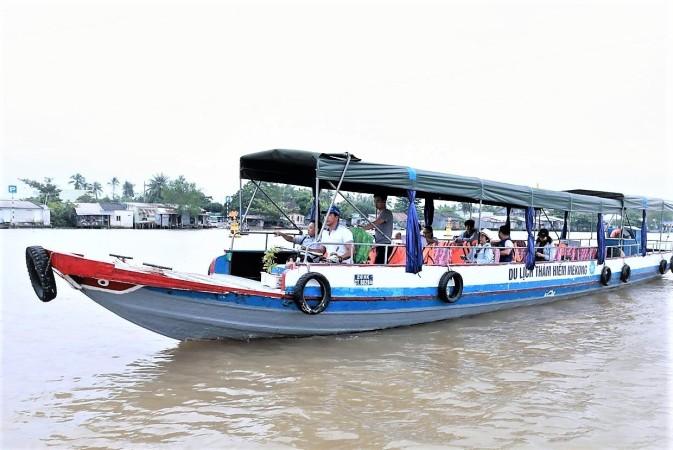
Mekong River Boat Tours - © BenTreOnline
Weather in My Tho: Best Time to Visit
My Tho, located in the Mekong Delta, experiences a tropical climate characterized by distinct dry and rainy seasons. Understanding these seasonal changes can help you arrange your visit so that you get the most out of it.
Dry Season in My Tho
- Weather: This period is marked by abundant sunshine, lower humidity, and minimal rainfall. The temperature ranges from 25°C to 33°C (77°F to 91°F), which makes it the perfect time of year for touring and outdoor sports.
- Tourism Trend: The dry season is the peak tourist period in My Tho. Visitors flock to the city to enjoy pleasant weather and participate in outdoor tours, river cruises, and local festivals. Traveling is more comfortable overall, and attractions are easier to get to.
The dry season is a favourable time to visit many regions in southern Vietnam, such as Cai Be and My Tho. Learn more about Cai Be here.
Wet Season in My Tho
- Weather: The rainy season is characterized by frequent showers and higher humidity, with temperatures ranging from 24°C to 32°C (75°F to 90°F). Rainfall is often heavy but short-lived, and the lush, green landscape becomes particularly vibrant.
- Tourism Trend: During the rainy season, tourism tends to be quieter, with fewer visitors. This can be an advantage for travelers seeking a more relaxed experience. The rains also contribute to the lush beauty of the Mekong Delta, and river cruises and boat trips can still be enjoyable, often with fewer crowds. Some attractions may be less accessible due to water levels, but the cooler temperatures can make exploring more comfortable.
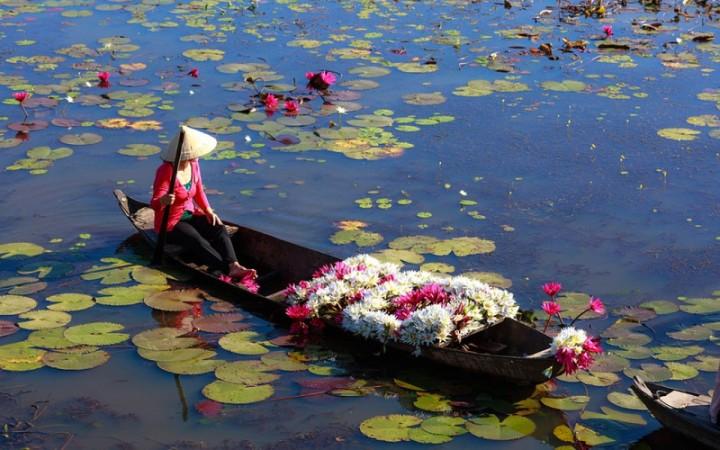
Wet Season in My Tho - © VOV
Essential Travel Information
Navigating My Tho
Getting to My Tho
- By Bus: Buses are the most common and affordable way to reach My Tho. The journey from Ho Chi Minh City takes about 1.5 to 2 hours, with several bus companies offering regular services. Buses are comfortable and often air-conditioned, making for a pleasant ride.
- By Private Car or Taxi: For a more direct and flexible option, consider hiring a private car or taxi. This is a quicker way to travel, taking around 1.5 hours, and allows for stops along the way.
- By Motorcycle: Adventurous travelers can rent a motorcycle in Ho Chi Minh City and enjoy the scenic drive to My Tho. The route is straightforward, and the journey offers the freedom to explore the countryside at your own pace.
Getting Around My Tho
- Motorbike Taxis (Xe Om): A speedy and reasonably priced way to get around the city is via motorbike taxis. They are ideal for short trips and can be easily found throughout My Tho.
- Cyclo: A speedy and reasonably priced way to get around the city is via motorbike taxis. It’s a great way to explore the city’s streets and markets at a relaxed pace.
- Boat: Given its location on the Mekong River, boat trips are a must in My Tho. You may rent a boat to go on river explorations, island hopping, and take in the city from a different angle.
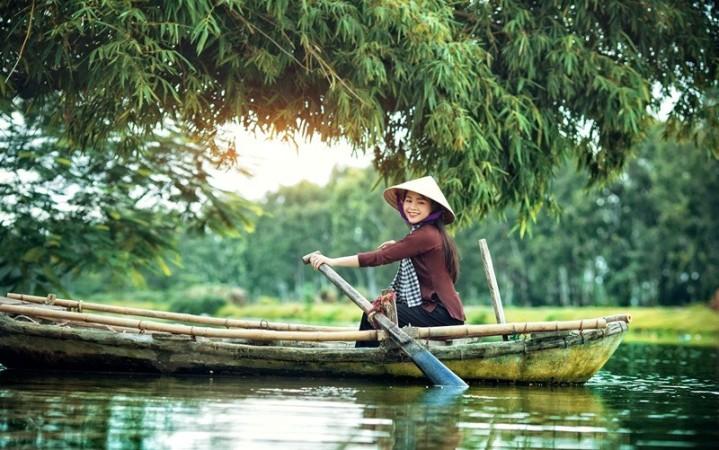
Travel to My Tho and experience all the magnificence of this land - © Vietnam Finance Magazine
ATM & Banking Services
My Tho is well-equipped with ATMs that accept major international cards, such as Visa and MasterCard, and are conveniently located outside banks, shopping centers, and markets. Many mid-range to high-end hotels also offer ATM services for guests. For banking needs and currency exchange, several banks are available in the city. Currency exchange services are readily accessible at banks and authorized counters, with US dollars being widely accepted.
Where to Stay in My Tho
- Luxury Hotels: For those seeking a more upscale experience, My Tho has a few luxury hotels offering high-end amenities, river views, and excellent service. These hotels often feature pools, spas, and fine dining restaurants, providing a relaxing retreat after a day of exploring.
- Mid-Range Hotels: There are several mid-range hotels in My Tho that provide comfortable rooms and essential amenities at reasonable prices. These hotels are usually centrally located, making it easy to explore the city’s attractions.
- Homestays: For a more authentic experience, consider staying at a homestay in or around My Tho. A unique chance to stay with a local family, eat meals prepared at home, and learn about Mekong Delta culture and everyday life is provided by homestays. This option is particularly popular among travelers who want to immerse themselves in the local community.
Articles for you
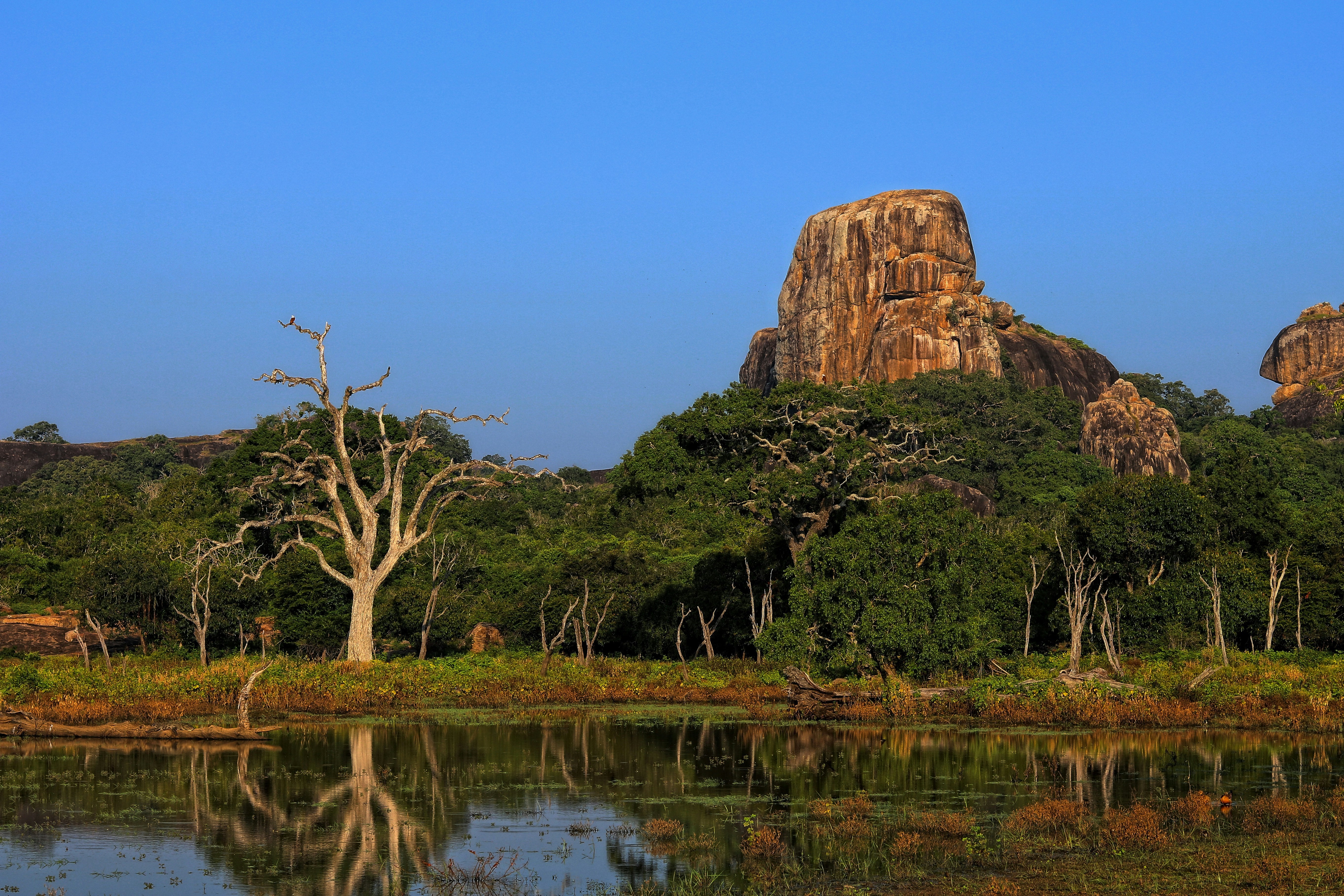
Explore Yala National Park - Sri Lanka Travel, Asia
Tucked away in Sri Lanka’s southeastern corner, Yala National Park is where wild nature meets deep tradition. Known worldwide for its leopard population, the park is also home to elephants, sloth bears, crocodiles, and hundreds of bird species. Beyond wildlife, Yala opens doors to a cultural landscape dotted with ancient temples, Buddhist ruins, and coastal villages. For travelers seeking more than just a safari, Yala offers a chance to explore eco-tourism, local communities, and sacred heritage sites.
Population: The Yala National Park area doesn’t have a human population.
Economy: The economy around Yala National Park thrives on a blend of eco-tourism, agriculture, and local services. Safari tours, eco-lodges, and cultural experiences drive steady income for nearby towns like Tissamaharama and Kataragama, supporting thousands of families.
Landmarks: Famous for Block I of Yala and wildlife encounters, including elephants, sloth bears, crocodiles, and exotic bird species.
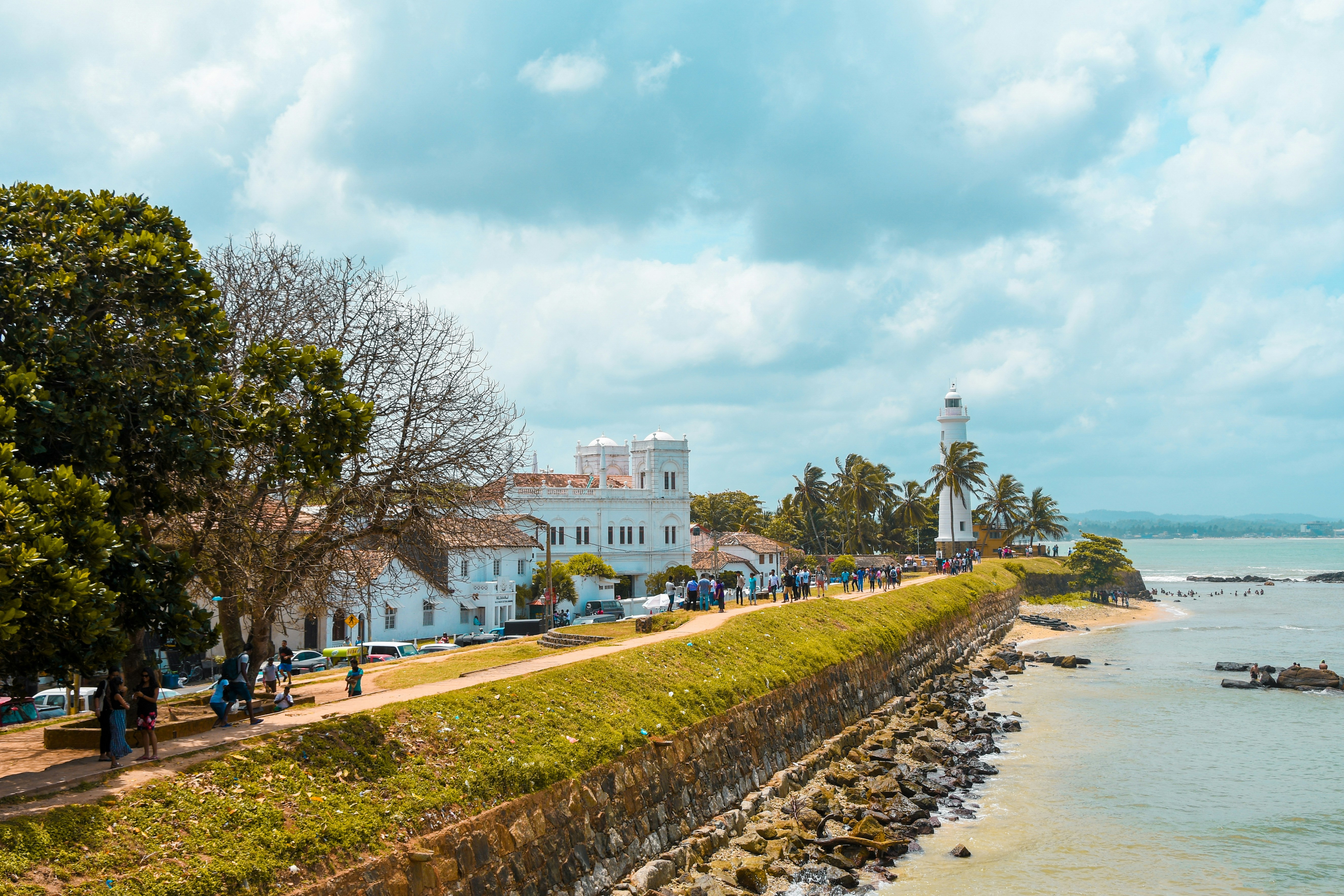
Explore Galle - Sri Lanka Travel, Asia
Nestled on Sri Lanka’s southern coastline, Galle is a vibrant city where history meets the sea. Its cobbled streets, colonial architecture, and serene beaches make it a must-visit destination for travelers seeking a blend of culture, adventure, and relaxation. A UNESCO World Heritage site, Galle captivates visitors with its Dutch Fort, bustling markets, and friendly locals. Whether you’re exploring the ramparts at sunset or savoring fresh seafood by the shore, Galle promises an unforgettable journey into Sri Lanka’s heritage.
Population: Approximately 113,000 in 2023.
Economy: Galle’s economy thrives on tourism, trade, and fisheries. The city’s historic fort, colonial architecture, and coastal charm draw thousands of international visitors each year, making tourism its main economic driver. Fishing remains vital for local livelihoods, supplying fresh seafood across the region.
Landmarks: Famous for the Galle Fort, Dutch Reformed Church & Maritime Museum, and Unawatuna Beach.
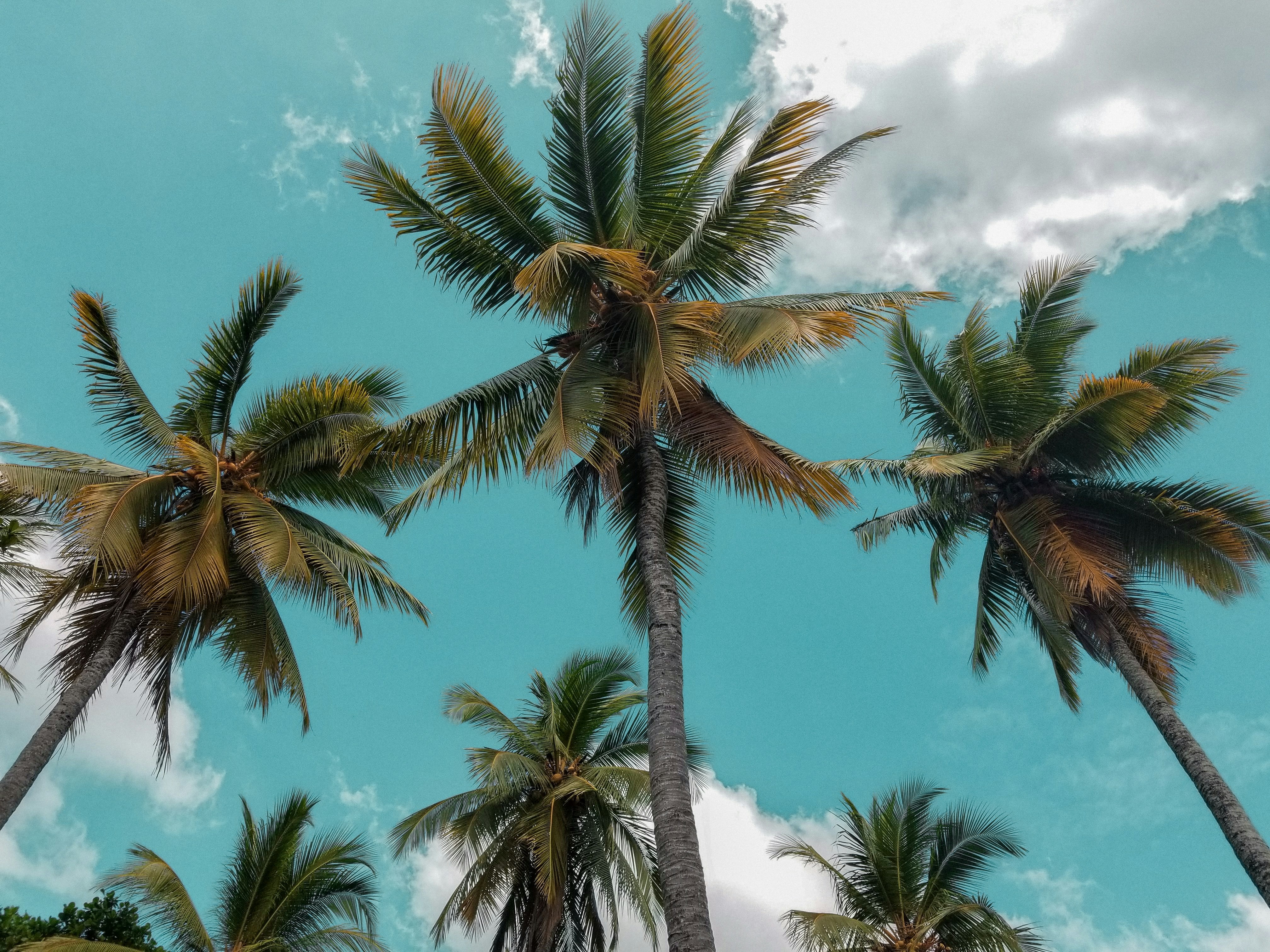
Explore Bentota - Sri Lanka Travel, Asia
Nestled along Sri Lanka’s southwestern coast, Bentota is a tropical paradise that blends golden beaches, vibrant culture, and thrilling adventures. Famous for its calm waters, luxury resorts, and scenic river estuary, Bentota has become a top destination for travelers seeking both relaxation and authentic experiences. From serene beach walks at sunrise to adrenaline-pumping water sports, this coastal town offers a perfect balance of leisure and exploration. With its proximity to Colombo and Galle, Bentota is easy to reach, making it an ideal stop for both short escapes and extended holidays.
Population: Approximately 37,000 in 2023.
Economy: Bentota’s economy thrives mainly on tourism, which drives local businesses such as hotels, restaurants, and wellness retreats. The town also benefits from fishing, coconut cultivation, and handicrafts like wood carving and batik textiles. Many residents rely on the growing demand for water sports and Ayurvedic treatments, making tourism the backbone of both income and employment in the area.
Landmarks: Famous for Bentota Beach, Bentota River Safari, and Kande Vihara Temple.
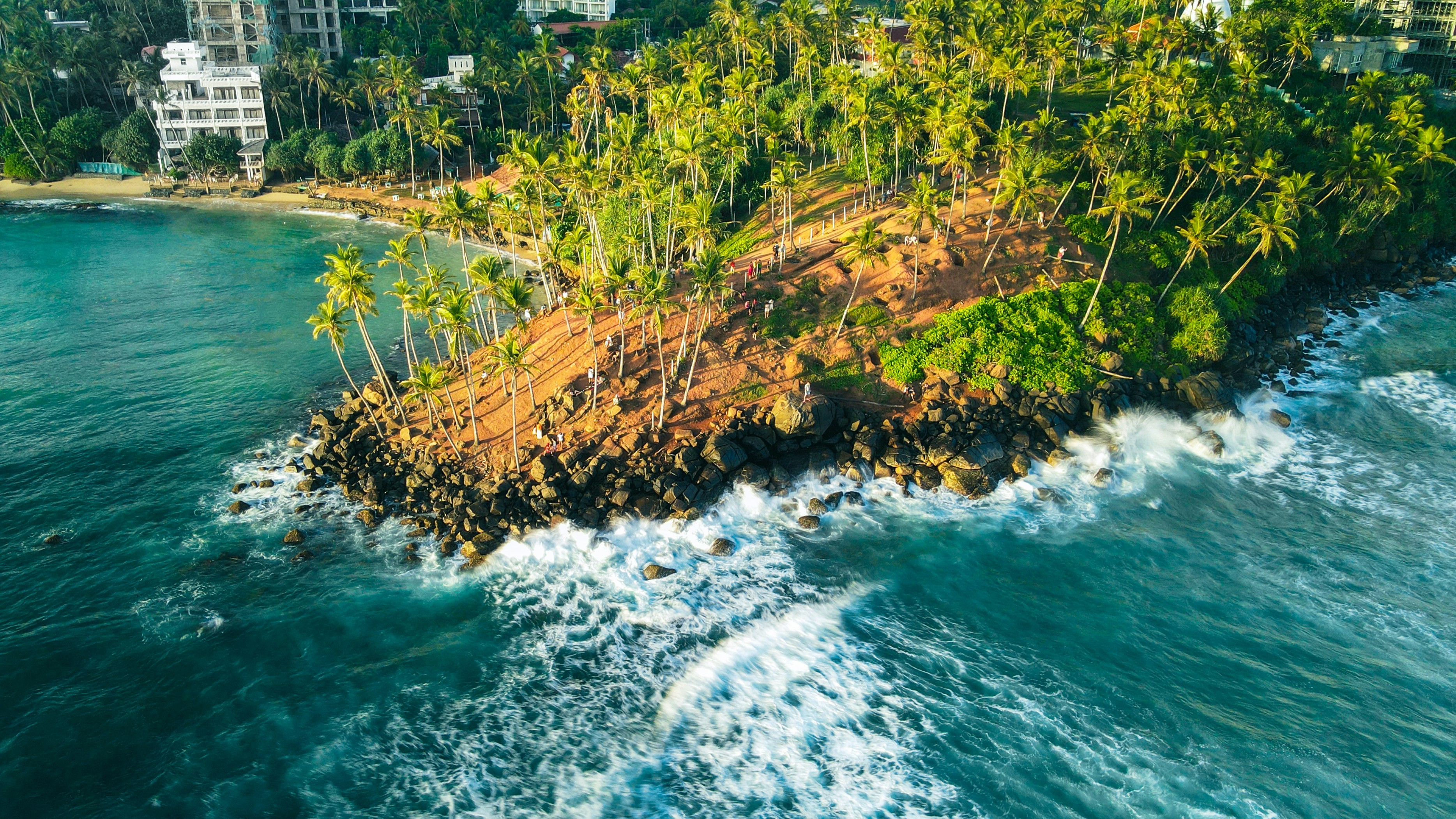
Explore Mirissa - Sri Lanka Travel, Asia
Mirissa is a charming coastal town on Sri Lanka’s southern shoreline. Known for its golden beaches, turquoise waters, and vibrant marine life, it has become a must-visit stop for travelers exploring the island. Many come for whale watching, surfing, and sunset views at Coconut Tree Hill, but Mirissa offers much more than postcard beauty. The fishing boats you see anchored by the bay carry generations of stories. Local traditions, delicious cuisine, and a laid-back rhythm of life shape every visitor’s experience.
Population: Approximately 4,700 in 2023.
Economy: Mirissa’s economy is largely shaped by its coastal location. Fishing has long been the backbone of local livelihoods, with generations relying on the Indian Ocean for income. In recent decades, tourism has become the main driver of growth, thanks to whale watching, surfing, and beachside hospitality.
Landmarks: Famous for Mirissa Beach, Coconut Tree Hill, and Parrot Rock Bridge.
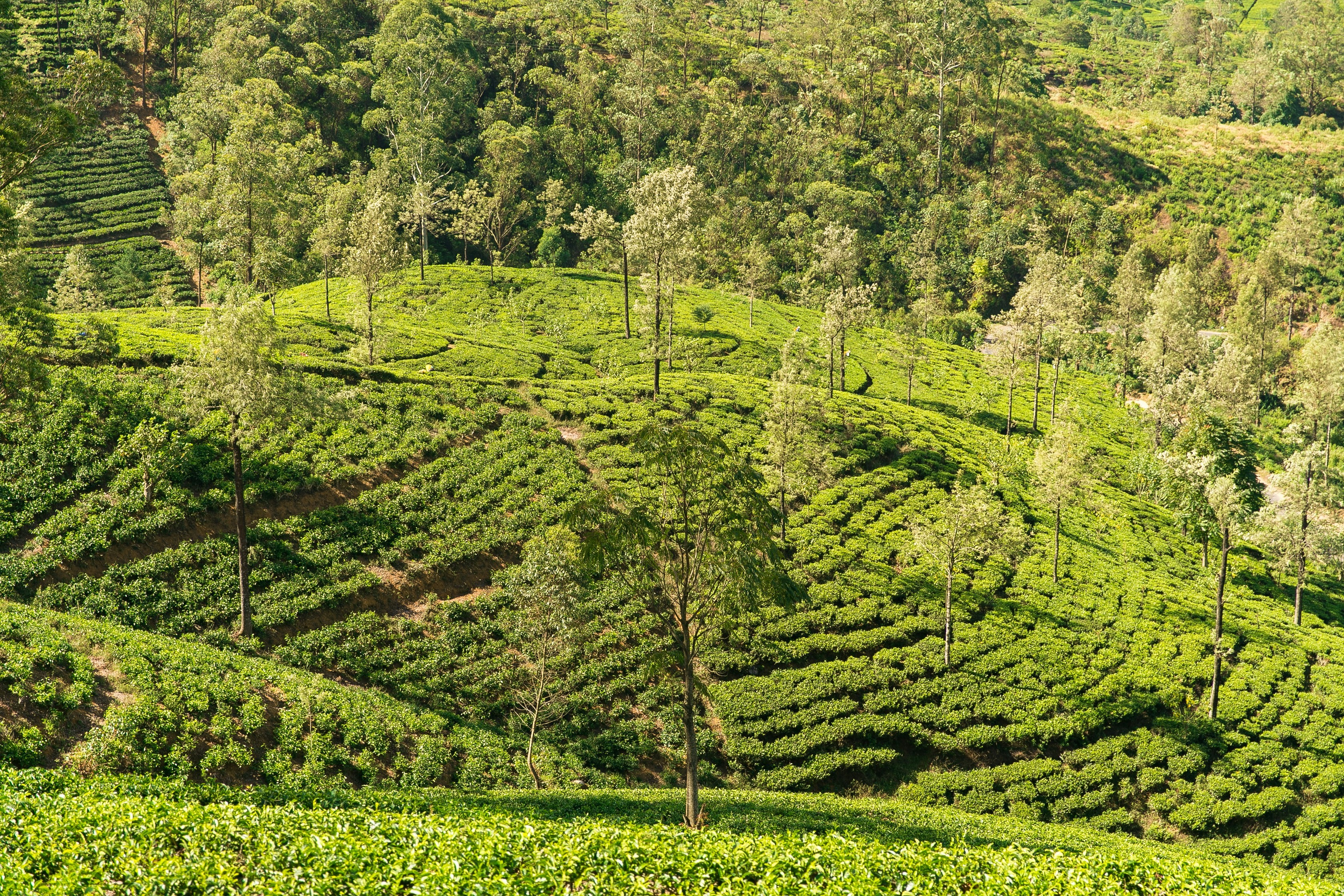
Explore Nuwara Eliya - Sri Lanka Travel, Asia
Tucked away in the Central Highlands of Sri Lanka, Nuwara Eliya is often called “Little England”. With its rolling tea plantations, cool misty mornings, and colonial charm, this mountain town feels like a step into another world. Travelers come here to breathe fresh air, walk through flower gardens, sip the finest Ceylon Tea, and enjoy a pace of life far from the island’s busy cities. Whether you’re drawn by scenic landscapes, heritage architecture, or the warmth of its people, Nuwara Eliya is a destination that blends nature, culture, and history in perfect harmony.
Population: Approximately 781,000 in 2023.
Economy: Nuwara Eliya’s economy thrives mainly on tea production, as it sits in the heart of Sri Lanka’s central highlands, famous worldwide for Ceylon Tea. The city also benefits from a growing tourism industry, attracting visitors with its colonial charm, cool climate, and scenic landscapes.
Landmarks: Famous for Gregory Lake, Hakgala Botanical Garden, and Victoria Park.
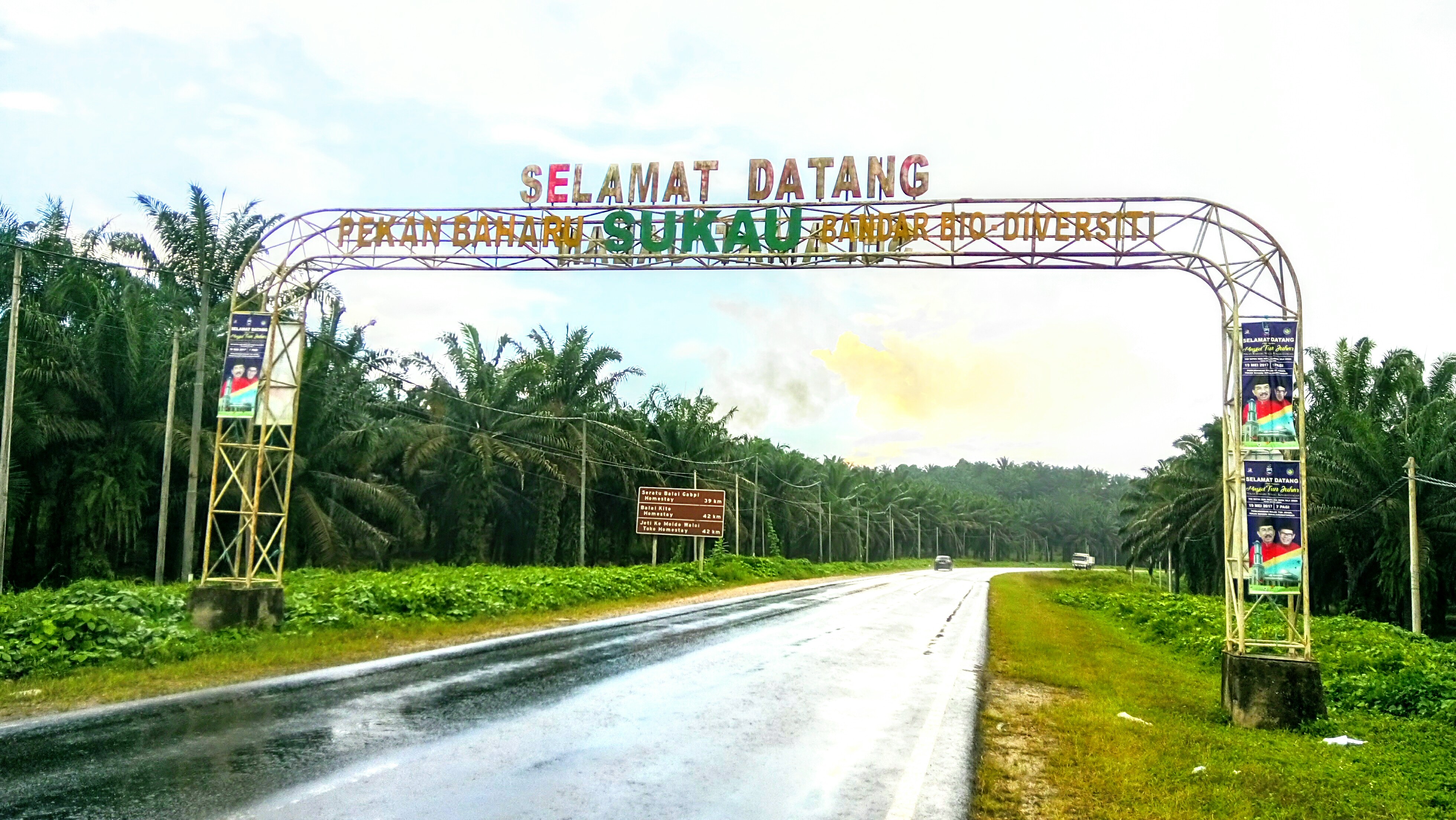
Explore Sukau - Malaysia Travel, Asia
Nestled on the banks of the Kinabatangan River in Sabah, Malaysian Borneo, Sukau is a destination where wildlife, culture, and conservation come together. Known as one of Asia’s top spots for river safaris and eco-tourism, this quiet village offers a front-row seat to encounters with Bornean orangutans, pygmy elephants, proboscis monkeys, and exotic birdlife.
Population: Approximately 1,400 in 2019.
Economy: Sukau’s economy is shaped by its riverine location and natural resources. Traditionally, the Orang Sungai community relied on fishing, small-scale farming, and forest gathering for their livelihood. Today, the village has shifted toward eco-tourism, with river cruises, jungle trekking, and homestays providing income.
Landmarks: Famous for the Kinabatangan River cruises, Gomantong Caves, and Ox-bow lakes and wetlands.
